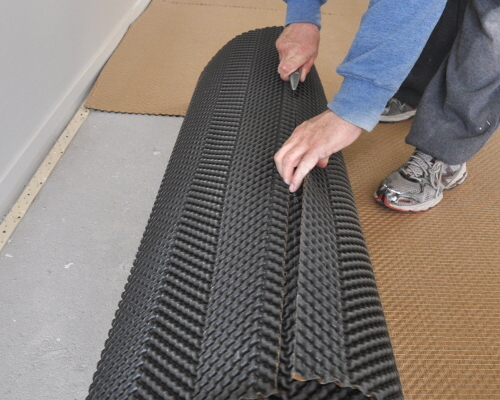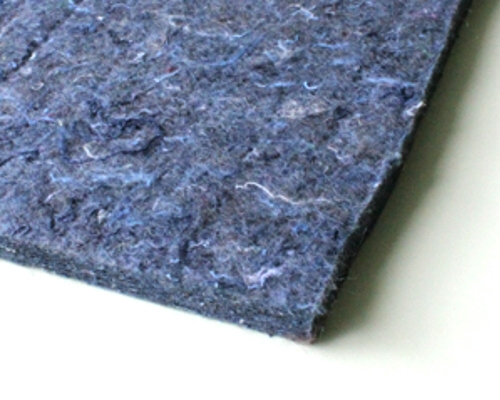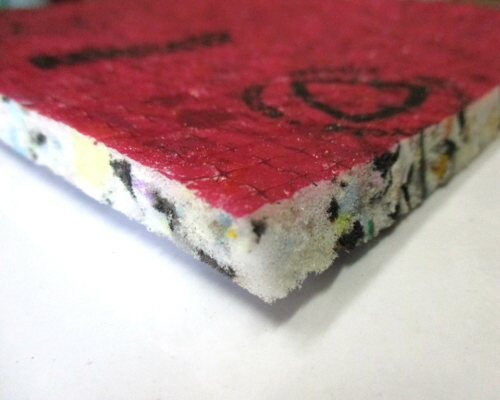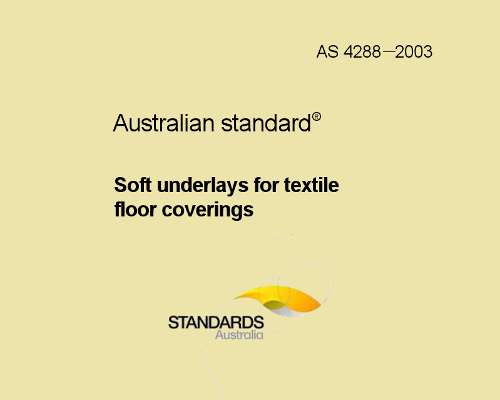Types of cushion underlays
 Audio for slide 3 (mp3 |6|KB)
Audio for slide 3 (mp3 |6|KB)
Most fibre underlays are dense and firm, and have excellent thermal and sound insulation.
They are also environmentally friendly, and can be made from 100% recycled fibres.
However, they are not as resilient as the more-popular rubber or foam underlays, and they tend to take longer to install - so they are rarely used these days in residential jobs.
Nonetheless, they are still used in commercial projects that require a hard-wearing, firm underlay.

 Audio for slide 4 (mp3 |6|KB)
Audio for slide 4 (mp3 |6|KB)
Rubber
Sponge rubber is made by combining rubber with blowing agents.
The manufacturing processes vary, depending on the density required and whether the raw materials are natural or synthetic.
Natural rubber comes from rubber trees.
It has anti-microbial properties, meaning it resists the growth of bacteria, mould and mildew.
Sponge rubber underlay allows heat to transfer easily, and is suitable for use over underfloor heating systems.

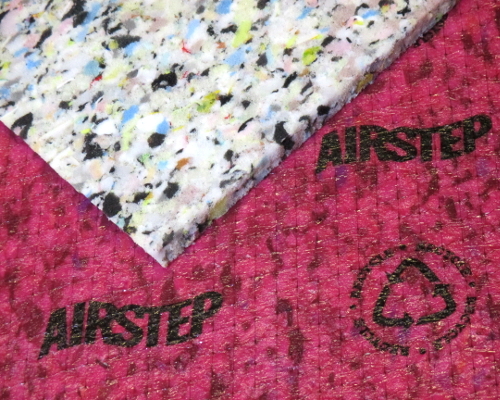 Audio for slide 7 (mp3 |6|KB)
Audio for slide 7 (mp3 |6|KB)
There are three different types of foam underlay:
Prime foam is similar to the foam used in upholstered cushions, but somewhat denser. It is made from non-recycled materials.
Bonded foam is also called 're-bond' or 'chip foam', because it is made from chopped bits of scrap foam which typically gives it a multi-coloured appearance.
Frothed foam generally has a higher density than the other foams, and includes 'memory foam', which is able to compress and return to its original shape.


Learning activity
Audio 9 (mp3 |6|KB)All of the sample photos shown above are examples of products made by Airstep.
Do some research of your own and come up with another brand name and manufacturer for each of the three main types of cushion underlay: fibre, rubber and foam.
The products you name may be underlays that you have used yourself in installations, or they may be products that you have seen in brochures or found on the web.






